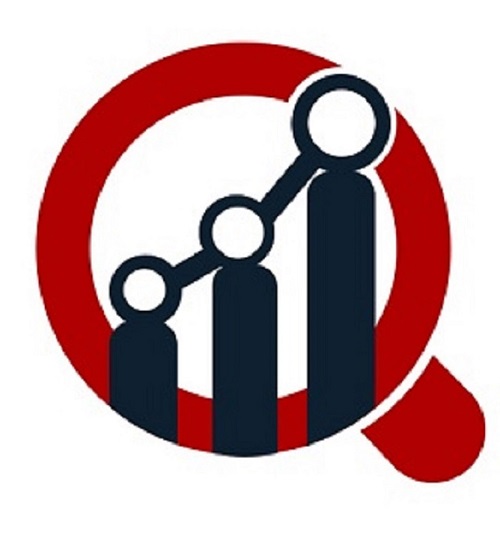
Industrial Sensors Market
Industrial sensors Analysis:
Industrial sensors have become indispensable components in the modern world of automation and manufacturing. These sensors play a critical role in collecting data and providing real-time insights into various processes and equipment in industrial settings. The global Industrial Sensors Market has been experiencing rapid growth, driven by the increasing demand for efficient and intelligent systems across diverse industries. This article explores the key trends, applications, and market dynamics of the industrial sensors market.
- Importance of Industrial Sensors:
Industrial sensors are instrumental in monitoring and controlling various parameters such as temperature, pressure, humidity, vibration, proximity, and flow. They enable real-time data collection, facilitating process optimization, predictive maintenance, and ensuring the overall efficiency of industrial operations. These sensors are deployed across a wide range of industries, including manufacturing, oil and gas, automotive, pharmaceuticals, food and beverage, and chemical.
- Types of Industrial Sensors:
The industrial sensors market offers a diverse range of sensor types, each designed to cater to specific industry requirements. Some common types include:
- Temperature Sensors: Monitor and regulate temperature in industrial processes, ensuring optimal operating conditions.
- Pressure Sensors: Measure and control pressure levels in systems, ensuring safety and efficiency.
- Proximity Sensors: Detect the presence or absence of objects and trigger actions accordingly, enhancing automation and safety.
- Level Sensors: Monitor and control fluid levels in tanks, facilitating efficient inventory management.
- Motion Sensors: Detect movement and provide valuable input for automation, security, and energy-saving applications.
- Flow Sensors: Measure the rate of fluid flow in pipes and channels, enabling efficient process control and resource management.
- Market Trends and Drivers:
The industrial sensors market is witnessing several key trends and drivers that contribute to its growth and innovation:
- Industry 4.0 and Industrial Automation: The adoption of Industry 4.0 principles and the increasing focus on automation have created a significant demand for industrial sensors. These sensors form the backbone of smart factories and enable seamless communication between machines, leading to increased productivity and reduced downtime.
- Internet of Things (IoT) Integration: Industrial sensors are being integrated with IoT platforms, enabling connectivity, data sharing, and advanced analytics. This integration allows for remote monitoring, predictive maintenance, and real-time decision-making, ultimately driving operational efficiency.
- Advancements in Sensor Technology: The market is witnessing continuous advancements in sensor technology, leading to improved accuracy, sensitivity, and reliability. These advancements include the development of miniaturized sensors, wireless connectivity, and enhanced sensing capabilities, enabling more precise and efficient monitoring.
- Regional Outlook:
The industrial sensors market is geographically diverse, with key regions including North America, Europe, Asia Pacific, Latin America, and the Middle East & Africa. North America and Europe dominate the market due to the presence of advanced manufacturing industries and technological innovation hubs. Asia Pacific is experiencing significant growth due to the rapid industrialization in countries like China and India. Latin America and the Middle East & Africa regions are also witnessing steady growth as industrial sectors in these regions continue to develop.
- Future Prospects:
The industrial sensors market is poised for remarkable growth in the coming years. The increasing demand for process optimization, regulatory compliance, and the need for intelligent monitoring and control systems will continue to drive the market. Additionally, emerging technologies such as artificial intelligence (AI), machine learning (ML), and big data analytics will further enhance the capabilities of industrial sensors, enabling predictive and prescriptive analytics for improved decision-making.
Conclusion:
The industrial sensors market is witnessing unprecedented growth and innovation, revolutionizing the way industries operate. These sensors are integral to achieving automation, efficiency, and safety across various sectors. With advancements in technology, integration with IoT, and the rise of Industry 4.0, the industrial sensors market is poised for a promising future.


